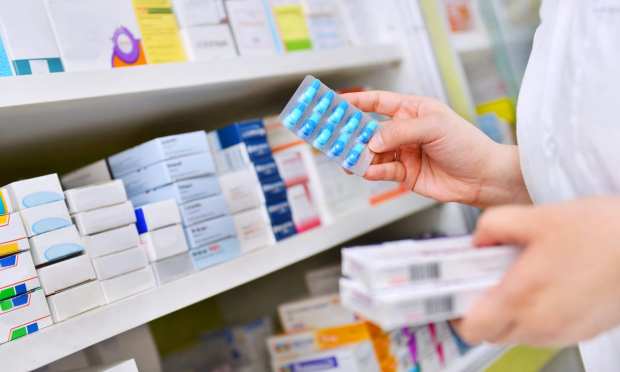From Amazon to GoodRx, Pharmacies Use Digital to Improve Price and Experience

Americans are faced with the challenge of managing their medications, from pricing to adherence.
A new solution from GoodRx, called Medicine Cabinet, aims to help simplify this process, even as new J.D. Power research confirms people’s attachment to their pharmacists, whether it’s Amazon or Walgreens, online or off, howsoever consumers purchase prescriptions.
Medicine Cabinet gives consumers greater control over prices, according to a Thursday (July 27) press release. Medicine Cabinet is involved in the patient journey from managing prescriptions to providing adherence notifications and offering rewards.
“It’s no secret that an important part of staying healthy is sticking to your prescribed treatment plan, but that’s often easier said than done,” GoodRx Chief Product Officer Mark Hull said in the release. “Tracking a variety of medicines and remembering when to take them is a real challenge. But for many Americans, it gets even harder juggling refills, navigating multiple pharmacies and managing costs.”
Data showed an astounding four-fold difference in claimed prescription rates for GoodRx users engaging with Medicine Cabinet compared to non-engaged users. Those managing more prescriptions within the app also filled over 40% more prescriptions than non-registered users, per the release.
Rx Consumers Like Digital Ease With a Human Touch
The same day GoodRx unveiled Medicine Cabinet, consumer insights and advisory service J.D. Power released its J.D. Power 2023 U.S. Pharmacy Study, noting in a press release that “brick-and-mortar pharmacies are delivering on [the] promise of personalized attention, contributing to a 6-point rise in overall customer satisfaction this year (on a 1,000-point scale). On the mail order side, overall satisfaction is up, too, but so is likelihood of switching providers.”
J.D. Power said brick-and-mortar pharmacies are seeing increases in digital engagement this year.
“In 2022, 76% of customers said they relied on digital technologies to interact with their pharmacy,” per the release. “This year, 81% of customers say they use digital technology. Among mail-order pharmacy customers, 89% now rely on digital technology to interact with their pharmacy, up from 84% in 2022. Top digital channels used by mail order customers are pharmacy websites (59%); mobile apps (34%); and text messages (29%).”
Additionally, J.D. Power said in the release that “the idea of the neighborhood pharmacist as an essential member of the community is alive and well. Overall satisfaction is 102 points higher among customers who say they know their pharmacist by name, and 93 points higher among those who say they know pharmacy staff or technicians by name.”
D2C Pharmacy Seeks Its Level
As direct-to-consumer (D2C) takes a bigger piece of the pharmacy business each year, strong consumer perceptions around knowing one’s pharmacist while having the option to also interact with them via digital channels is a win for consumers and their favorite pharmacy.
Amazon Pharmacy is vying for a bigger slice of the digital pie with advertising and promotions. That effort stalled somewhat on news in mid-July that Amazon Pharmacy had laid off a “small number” of staffers.
The eCommerce leader has been trying to entice customers to try the D2C Amazon Pharmacy, talking up benefits. For example, it touted RxPass in a first-quarter blog post, saying the service is a new Prime membership benefit that provides patients with access to generic medications that treat more than 80 health conditions for a flat fee.

